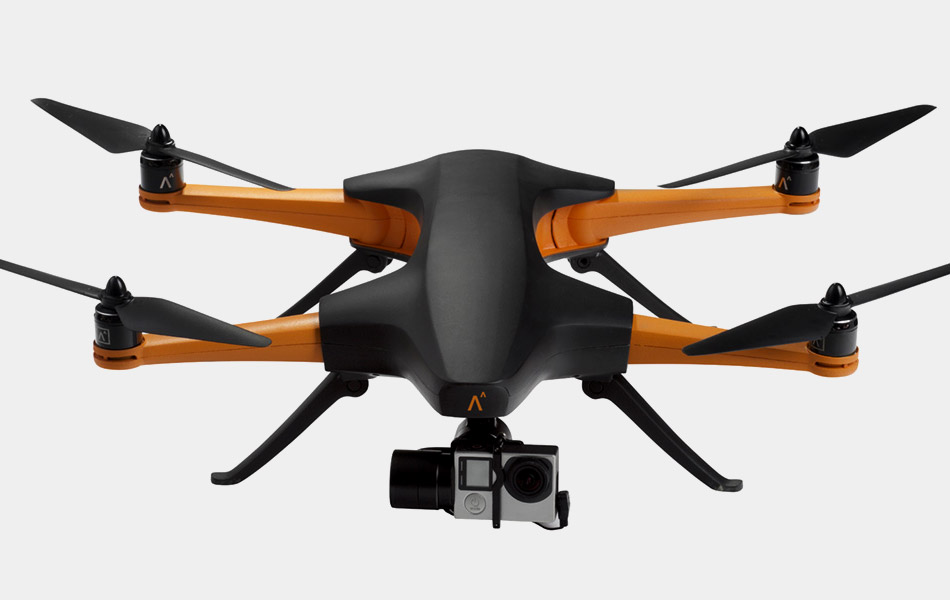
Then the algorithm let the best of the walkers procreate into the next generation from these, another generation was produced, and so on, each one improving on the best designs. Take walking: First an algorithm produced many random body designs some just sat there, others rocked or waddled forward. Kriegman began crafting virtual worlds that would reward particular behaviors by the clumps of repurposed frog.
#AUTO FOLLOW XENOBOT FULL#
“The moment we saw that, both labs really just kind of dove into this full time.” Function follows form Two weeks later, he showed a picture of the entity to the Vermont computer scientists. Then he cauterized away some parts of the ball, carving a tiny figurine - a living skin-sculpture, about the size of a fine grain of salt, that looked like Mr. Soon the cells glued themselves back together.
#AUTO FOLLOW XENOBOT SKIN#
Blackiston swept the skin cells into a little well, forming a milky ball. “I said, ‘I bet we could build this,’ and I think there was some audible laughter.” But to him, the creature looked like something far simpler: a clump of cells. “They said, ‘There’s no technology currently in existence to build something like this,’” Dr. It looked like a squat table and walked by rocking between its front and back legs. Kriegman showed a video of one of his virtual creatures. Blackiston and Michael Levin, a biologist who directs the Allen Discovery Center at Tufts. Then they started working on a project for DARPA, the futuristic research wing of the U.S. Bongard doubted that some of their own designs could ever emerge out of a computer.

Lipson, then at Brandeis, and his colleague Jordan Pollack, a roboticist, connected an algorithm that could evolve its own simple machines to a 3-D printer that could make the machines out of plastic.


In 2000, virtual creatures took a halting first step into the real world when Dr. They are named for the African clawed frog Xenopus laevis, which supplies all their cells, and the suggestion, encapsulated in the prefix, that something strange, alien, is at work. These are all programmable organisms called xenobots, the creation of which was revealed in a scientific paper in January. Bigger specimens, albeit still smaller than a millimeter-wide poppy seed, have skin cells and heart muscle cells that will begin pulsating by the end of the day. The one under the microscope consisted of about 2,000 living skin cells taken from a frog embryo. Strictly speaking, these life-forms do not have sex organs - or stomachs, brains or nervous systems. But under a microscope, the blob was racing up and to the left. If the last few decades of progress in artificial intelligence and in molecular biology hooked up, their love child - a class of life unlike anything that has ever lived - might resemble the dark specks doing lazy laps around a petri dish in a laboratory at Tufts University.ĭouglas Blackiston, a biologist, pointed to one just a little wider than a human hair squint, and you could just tell it was moving.


 0 kommentar(er)
0 kommentar(er)
